Alumni letter of recommendation template
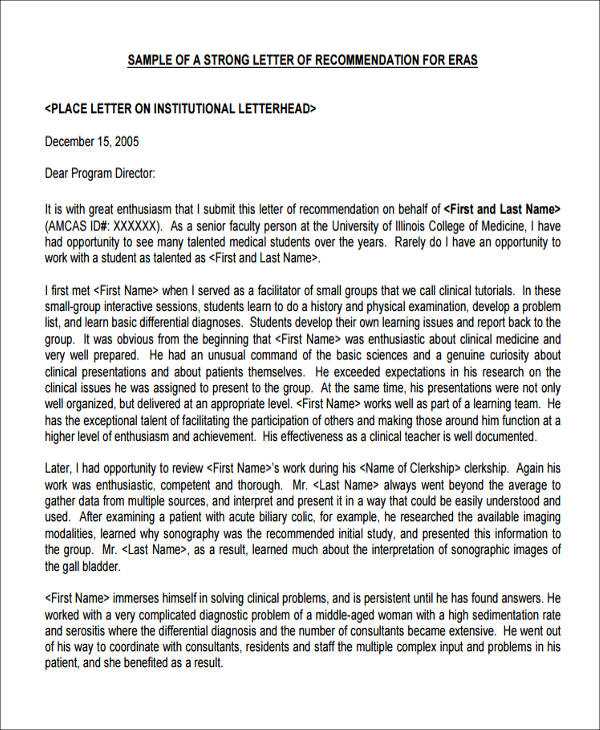
Use this template to craft a personalized and impactful alumni letter of recommendation. The key is to highlight the individual’s academic achievements, character, and contributions to the community. Ensure that you provide concrete examples that demonstrate the qualities you are endorsing.
Start by addressing the recipient directly. Mention how you know the student, the time period of your relationship, and the context in which you observed their growth. For example: “I had the pleasure of working with [Name] as their professor during the [specific course] at [University Name]. Over the course of the semester, [Name] displayed exceptional critical thinking skills and a deep commitment to their studies.”
Next, focus on specific qualities that make the individual stand out. This could include leadership, teamwork, intellectual curiosity, or perseverance. Concrete examples help strengthen the recommendation. For instance: “In group projects, [Name] consistently took on leadership roles, motivating peers and ensuring that everyone’s voice was heard.”
Finish the letter by summarizing why the individual would be a great fit for the opportunity they are applying for. Make sure to provide your full endorsement. A simple, straightforward closing like, “I strongly recommend [Name] without reservation for [the program/job/position] and believe they will make a significant impact,” will leave a lasting impression.
Alumni Letter of Recommendation Template
Begin the letter by clearly stating the purpose of the recommendation. For instance, you might write, “I am writing to strongly recommend [Student’s Name] for [specific program/job] at [institution/company].”
Include how long you have known the student, specifying the context of your relationship. Mention any academic or extracurricular achievements that stood out. For example, “During my time as [your position] at [institution], I had the pleasure of mentoring [Student’s Name] in the [specific course or project].”
Discuss the student’s qualities that make them a strong candidate. Highlight specific skills or characteristics like leadership, work ethic, or creativity. “[Student’s Name] demonstrated remarkable problem-solving abilities, often going above and beyond in both group and individual projects.”
Provide concrete examples to support your claims. For instance, “In our final project, [Student’s Name] took initiative to lead the team, ensuring we met all deadlines and producing outstanding results.”
End with a statement of confidence in their future success. “I have no doubt that [Student’s Name] will excel in [specific program/job], and I wholeheartedly recommend them.”
Finish the letter with your contact information for follow-up. “Please feel free to reach out to me at [email/phone number] should you need any further details.”
How to Start Your Alumni Letter of Recommendation
Begin your alumni letter with a clear introduction. Start by addressing the recipient respectfully, using their name if known. Mention your connection to the candidate–how you know them and in what capacity. Highlight the length of your relationship to establish context for your recommendation.
Make a Strong First Impression
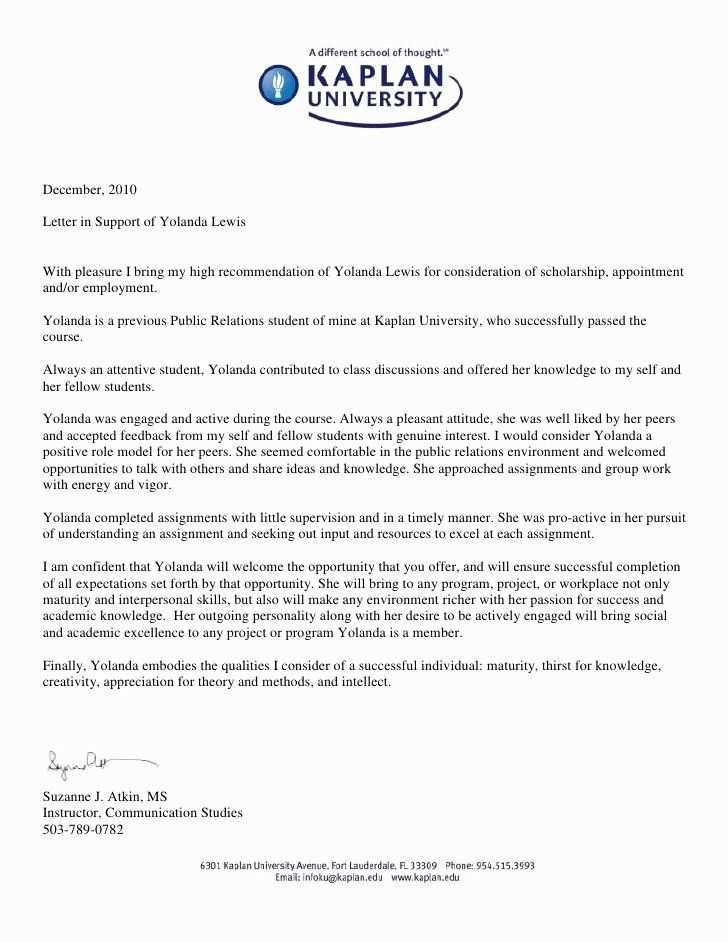
Open with a concise statement of support. Avoid vague phrases like “I am happy to recommend” and instead, directly affirm the candidate’s qualities. For example, “I am pleased to recommend John Doe for the position of XYZ based on his exceptional work in our alumni group.” This sets a positive tone and immediately clarifies your endorsement.
Provide Context
- State the specific role or activity in which you interacted with the candidate.
- Describe the nature of the candidate’s achievements or skills, highlighting their strengths in a clear, factual manner.
- If applicable, mention any relevant experiences or accomplishments that demonstrate their abilities.
Key Information to Include in the First Paragraph
Begin by identifying your connection with the candidate. Clearly state how you know them, including the length and context of your relationship. This provides a foundation for your recommendation and establishes your credibility.
Details to Include:
| Detail | Explanation |
|---|---|
| Relationship | Specify your role, such as professor, employer, or mentor. Mention how you interacted with the candidate and in what capacity. |
| Duration | State the time frame of your relationship, whether it was for a semester, project, or several years. |
| Context | Describe the specific setting, such as in a classroom, on a team, or in a work environment, to give context to your evaluation. |
This information is key to setting the tone and clarifying why your perspective on the candidate matters. It offers insight into your qualifications for writing the letter and reassures the reader of your credibility.
Highlighting the Applicant’s Skills and Achievements
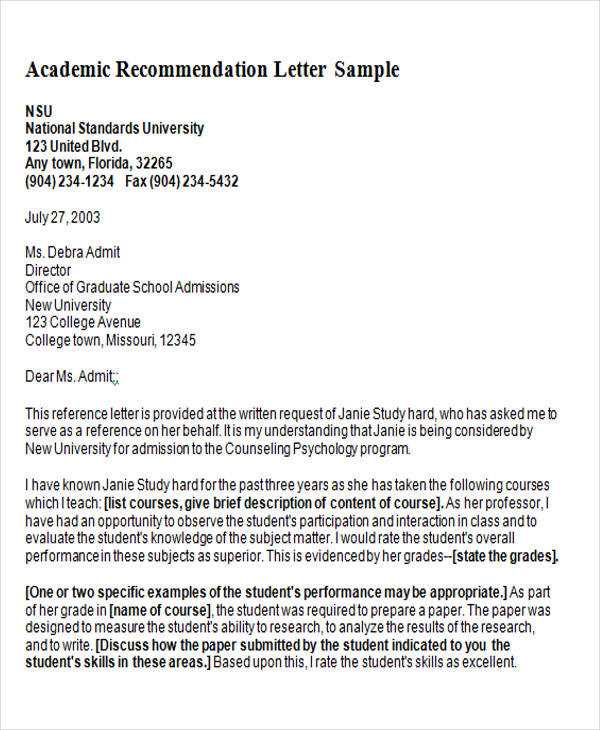
The applicant consistently demonstrated exceptional leadership and problem-solving abilities during their time at the university. Their contribution to the student project on sustainable energy solutions stood out, showcasing not only a deep understanding of technical concepts but also the ability to present complex ideas clearly to diverse audiences.
Key Skills
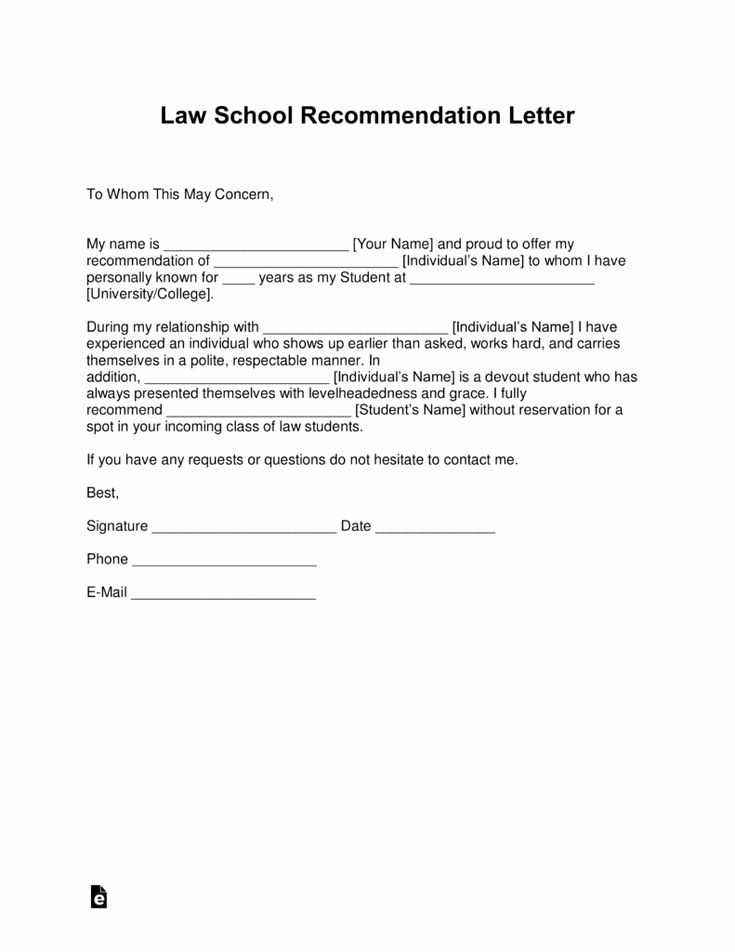
- Analytical Thinking: The applicant excels in breaking down complex issues and developing innovative solutions. Their ability to analyze data and identify key patterns significantly improved the project’s outcomes.
- Team Collaboration: They worked seamlessly within multidisciplinary teams, offering constructive feedback and ensuring every member’s strengths were leveraged effectively.
- Communication: With excellent written and verbal communication skills, the applicant delivered impactful presentations, participated in discussions, and contributed high-quality research papers.
- Time Management: Their ability to juggle multiple responsibilities, meet tight deadlines, and produce high-quality work is a testament to their organizational skills.
Achievements
- Led a team that developed a practical model for energy-efficient buildings, which was later adopted by a local company.
- Published a research paper in a peer-reviewed journal on the topic of renewable energy sources.
- Received an academic excellence award for maintaining a top 5% GPA throughout their degree program.
These examples reflect a highly skilled individual who consistently exceeds expectations. Their work ethic, intellectual capacity, and commitment to excellence will make them a valuable asset to any organization or academic institution.
Providing Specific Examples of the Applicant’s Contributions
Highlight the applicant’s impact by focusing on tangible results. For example, John Doe led a team of volunteers during our annual fundraising event, surpassing our goal by 30%. His approach to team coordination and his communication skills ensured that every member felt valued and motivated.
Another instance is when the applicant developed a streamlined process for managing our database, reducing errors and improving retrieval times by 40%. This initiative not only saved time but also enhanced overall productivity, demonstrating Jane Smith’s problem-solving abilities and attention to detail.
Consider mentioning specific achievements in group settings as well. During our collaborative project with external partners, Mark Johnson played a crucial role in securing a grant. His research and proposal writing were critical in acquiring funding, directly influencing the success of the project.
By including these specific examples, you not only provide a clear picture of the applicant’s contributions but also emphasize their practical skills and accomplishments.
Structure and Tone of a Professional Alumni Recommendation
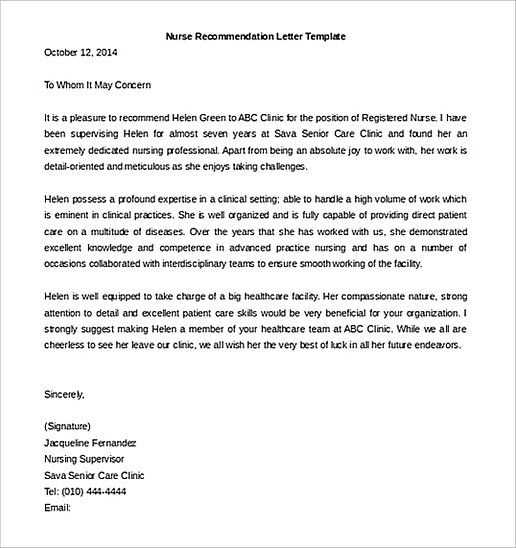
A professional alumni recommendation should have a clear and straightforward structure. Start with a brief introduction that mentions your relationship to the applicant, your role, and the context in which you know them. Be specific about how long you’ve known the individual and in what capacity, whether as a mentor, professor, or colleague.
Introduction
In the introduction, mention the applicant’s name, the program or position they are seeking, and the reason for your recommendation. Highlight any standout qualities they displayed during your time working with them, such as leadership, initiative, or problem-solving skills.
Body Paragraphs
The body of the letter should focus on specific examples that demonstrate the applicant’s strengths. Reference key achievements or moments that show their skills, work ethic, and personal character. Describe the impact the applicant had in your environment, using measurable results when possible. Include anecdotes that reflect their growth and accomplishments, providing concrete evidence of their potential for success in the future.
Keep the tone professional yet approachable. Avoid using overly formal language that might distance the reader. Be clear and concise, allowing the recipient to easily understand the value the applicant can bring to the role or program they are applying for.
Conclude with a strong closing statement reaffirming your support for the applicant. Express confidence in their abilities and offer your willingness to provide further information if necessary. Keep the conclusion focused on the applicant’s future potential and the positive impact they will bring to their next venture.
Final Touches: Proofreading and Customizing the Letter
Review the letter carefully for any errors or inconsistencies. Check for grammatical issues, such as subject-verb agreement and punctuation, and ensure the tone remains professional and positive throughout. Look for any awkward phrasing or unnecessary repetition and refine those sections for clarity.
Customize the letter by tailoring it to the specific individual and their accomplishments. Mention specific projects, skills, or qualities that make them stand out. This personal touch makes the letter feel genuine and meaningful.
Verify the formatting. Ensure the letter is clear, with consistent font and spacing. It should be easy to read at a glance. Double-check the contact information, especially if it’s being sent directly to a specific person or institution.
Lastly, take a break before doing a final read-through. A fresh perspective often helps catch overlooked mistakes or areas that can be improved. Once satisfied, the letter will be ready for submission or delivery.